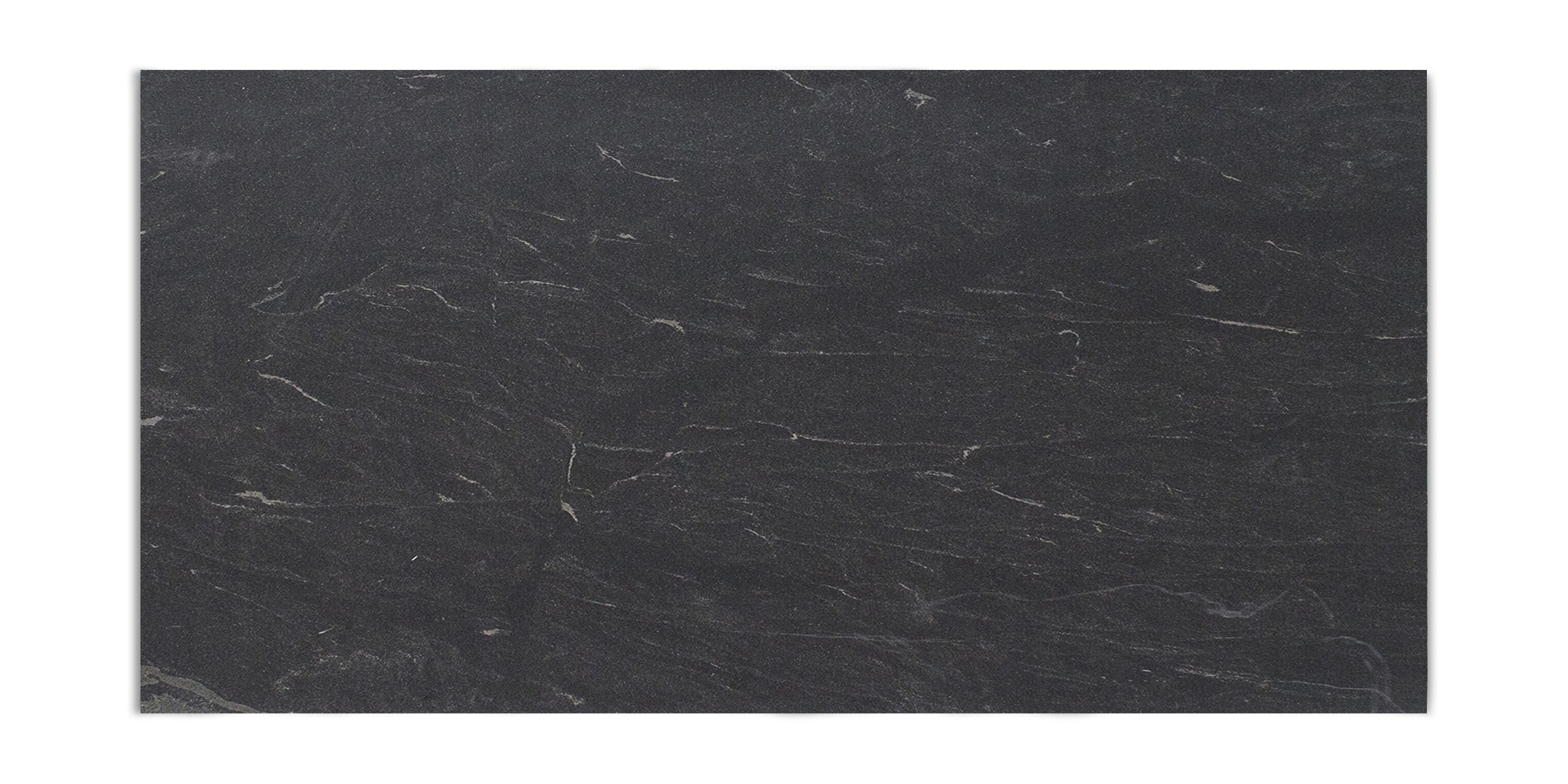What is the difference between cheap and expensive granite? Granite is a popular choice for countertops, flooring, and other surfaces due to its durability, beauty, and natural variation. However, the price of granite can vary significantly, leaving many homeowners wondering: What makes some granite slabs more expensive than others? Let’s explore the key differences between cheap and expensive granite and what factors contribute to the price variations.
1. Quality and Rarity
One of the biggest factors affecting the price of granite is its quality and rarity. High-end granite often features unique patterns, vibrant colors, and rare mineral compositions that make it more visually appealing. Exotic stones with dramatic veining, striking colors, or translucent properties are harder to source, increasing their value.
On the other hand, cheaper granite tends to have more common patterns and colors, such as beige, brown, or speckled varieties, which are more widely available and easier to extract.
2. Origin and Transportation Costs
Granite is quarried from different parts of the world, including Brazil, India, Italy, and China. Exotic and premium granite slabs are often imported from distant locations, adding to the overall cost due to transportation, tariffs, and handling fees. More affordable granite is typically sourced from closer or more accessible quarries, reducing shipping expenses.
3. Thickness and Slab Size
Granite is available in different thicknesses, with the most common being 2 cm (3/4 inch) and 3 cm (1 1/4 inch). Thicker slabs are generally more durable and do not require additional reinforcement, making them a preferred choice for high-end applications. Thinner slabs, while more affordable, often require plywood backing for support, adding to the installation cost.
Additionally, larger slabs with minimal seams are more expensive since they require larger, defect-free stone blocks, which are rarer and more challenging to extract.
4. Finishing and Treatment
The type of finish applied to a granite slab can also impact its cost. Polished granite, which is the most common finish, is often more affordable compared to honed, leathered, or flamed finishes that require additional labor and expertise. High-end granite may also undergo special treatments for better stain resistance and enhanced aesthetics, increasing the price.
5. Installation and Fabrication
The complexity of the fabrication process also plays a role in pricing. Custom edges, intricate cuts, and detailed shaping add to the overall cost, as they require skilled labor and advanced machinery. Cheaper granite typically has standard edge profiles, while high-end granite may feature premium edge designs like ogee, waterfall, or mitered edges.
6. Porosity and Durability
Expensive granite is often less porous, meaning it has a lower absorption rate and is more resistant to stains, scratches, and moisture. Some cheaper granites may require more frequent sealing and maintenance to preserve their appearance and longevity.
7. Market Demand and Trends
Like any other natural material, the price of granite is also influenced by market demand. Certain colors and patterns that are trendy or highly sought after can drive up prices. Conversely, more traditional or less popular options may be priced lower to attract buyers.
Final Thoughts
When choosing granite, it’s important to consider both your budget and design preferences. While expensive granite offers exclusivity, striking aesthetics, and lower maintenance, cheaper granite can still provide beauty and durability if properly maintained. Understanding the differences can help you make an informed decision based on your needs and investment goals.
Whether you choose an affordable or premium option, granite remains a timeless and resilient choice for any space.

